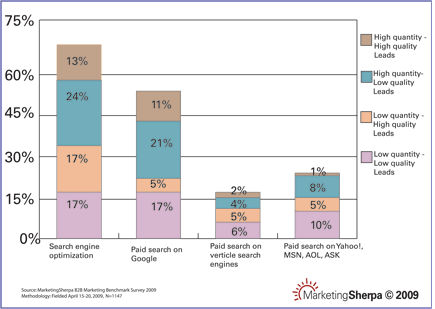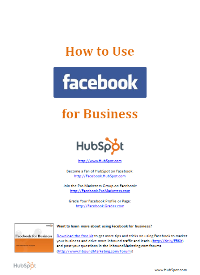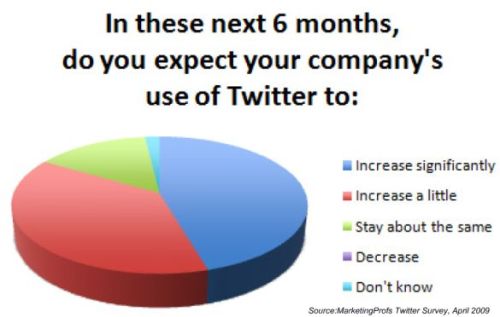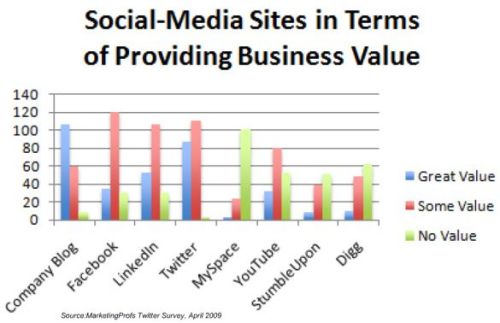The thought of testing big new campaign strategies may be as scary to businesses as an eight year old watching “Friday the 13th” – both can give you nightmares.
Instead of sticking their neck out with a new marketing idea right now, many companies are switching the focus to improving successful tactics that have lived up to their investment year after year.
The content registration form is one of those most proven tactics – and it’s a place where simple changes can make a big difference in your conversion rates.
The gurus at Marketing Sherpa recently dug through all of their best past case studies and B2B marketing research to find the most effective registration form tweaks that deliver the best results.
Here are some of the most simple ways B2B marketers have improved conversion rates of their registration forms:
Keeping it short. Long registration forms = higher abandon rates. Yes, you want to get as much information as possible, but you could be scaring prospects away with your long form. Instead, focus the questions on the information that’s most essential. Keep it basic, but add a follow-up communication strategy to collect more data once the prospect shows added interest.
Make it voluntary. Give prospects the information they want, whether it’s a product demo or white paper, then ask them for personal information. Strategically positioning voluntary registration forms alongside online demonstrations, and telling visitors that it was voluntary, has the potential to deliver “impressive” conversion rates.
Use secondary offers carefully. It’s usually best to limit landing pages to a single call to action, but in some cases, giving prospects a second option can boost conversions. If prospects aren’t ready to give you all of their contact information, but have the option to download a white paper, for instance, it could significantly improve your conversions.
Pre-populated fields work. If you have the advantage of knowing some of the prospect’s key information, pre-populate fields on the registration form to make it easier for them. One company found an almost 95% conversion rate increase after they started using pre-populated fields.
Take the “reset” button out. “Reset” or “clear form” buttons are a lingering, old-fashioned registration form trend that has worn out its welcome. You don’t want prospects to make it to the end of the form and accidentally hit “reset” instead of “submit.” Chances are, they’ll leave your site before the go back and fill in everything again.
What other tips do you have for improving registration form conversions? Please leave a comment and share what works for your company.




